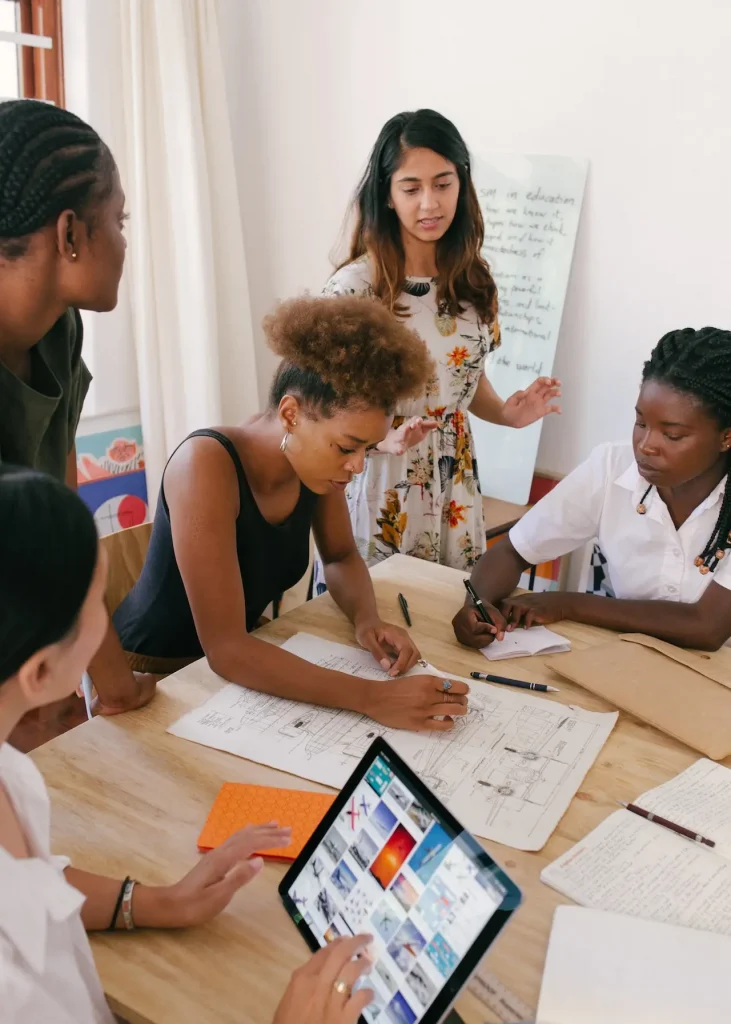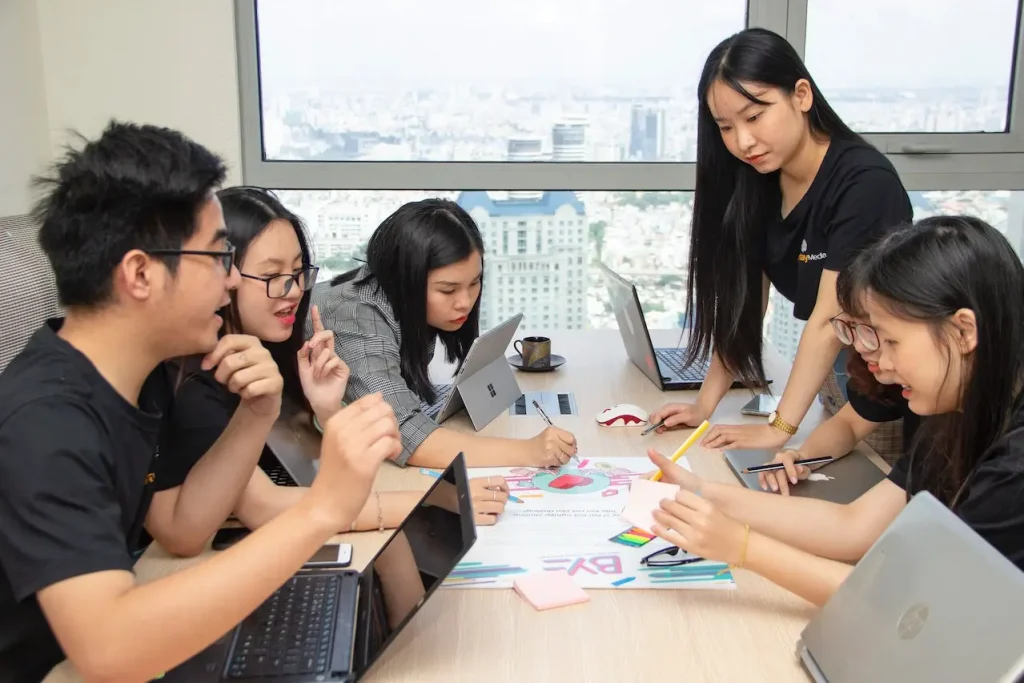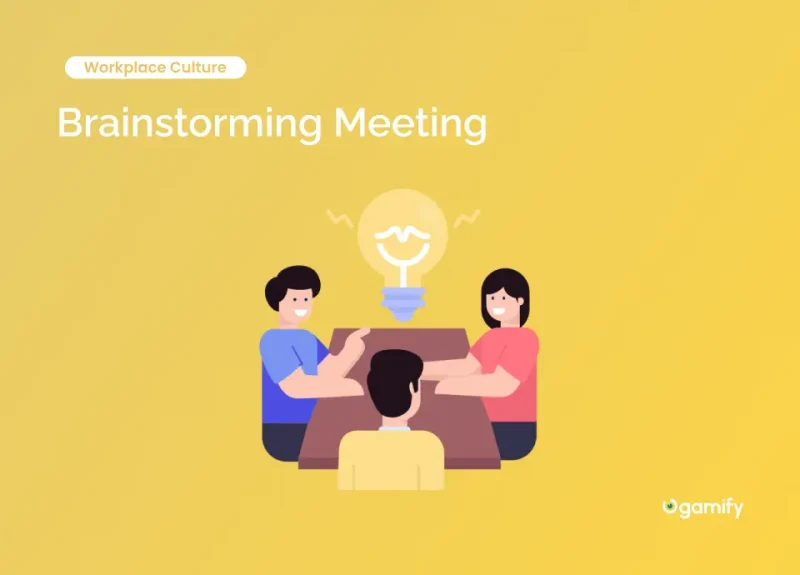Brainstorming meetings are a crucial aspect of any successful organization. These gatherings bring together diverse minds and ideas to find innovative solutions, devise new strategies, and foster teamwork. However, not all brainstorming sessions yield the desired results. In this article, we will explore the keys to conducting effective brainstorming meetings, along with a step-by-step agenda that guarantees productivity and creativity.

What is Brainstorming and Why is it Important?
Brainstorming is a creative problem-solving technique that involves a group of individuals coming together to generate a large number of ideas, concepts, or solutions to a specific challenge or question. It encourages open communication, free thinking, and collaboration among team members.
The importance of brainstorming lies in its ability to foster creativity and innovation. By allowing participants to share their diverse perspectives, it helps in uncovering unique insights and out-of-the-box solutions. Moreover, brainstorming empowers team members to contribute without fear of criticism, which leads to a higher level of engagement and participation. Ultimately, successful brainstorming sessions can spark breakthrough ideas that drive the growth and success of an organization.

The Principles of Successful Brainstorming
One of the key principles is “quantity over quality”, which encourages participants to generate as many ideas as possible without initially evaluating their feasibility or practicality. By focusing on quantity, teams can explore a wide range of possibilities, increasing the likelihood of discovering innovative solutions.
Another essential principle is suspending judgment. During brainstorming, team members must refrain from critiquing or dismissing ideas, as this can stifle creativity and discourage contributions. All ideas are welcome and should be seen as building blocks for further exploration.
Building upon others’ ideas is also crucial in successful brainstorming. Participants should actively listen to each other and find ways to expand on or combine existing concepts, creating a collaborative and synergistic atmosphere.
Finally, encouraging wild and unconventional ideas is essential. These seemingly far-fetched suggestions can often spark new avenues of thinking and lead to groundbreaking solutions that might not have been considered otherwise.

How to prepare for a brainstorming meeting?
Setting the Stage for Productive Brainstorming
Setting the stage is vital for ensuring that the meeting remains focused, energetic, and fruitful.
Selecting an appropriate venue is the first step. A comfortable and well-equipped space fosters creativity and encourages participation. Whether it’s a dedicated meeting room or an informal setting, the environment should make team members feel at ease.
Additionally, ensuring that all required resources, such as whiteboards, markers, sticky notes, or any technology, are readily available is crucial for the smooth flow of the session.
Creating a positive and open-minded atmosphere is equally important. The facilitator should establish ground rules that encourage respectful communication, active listening, and the freedom to express ideas without fear of judgment.
Assembling the Right Brainstorming Team
The right team composition plays a crucial role in the effectiveness of brainstorming meetings. By including individuals from various departments, with different expertise, and diverse backgrounds, the team gains access to a broader pool of knowledge and experiences. This diversity enhances the potential for creative thinking and generates a wider range of ideas.
A team with complementary skills and perspectives can build upon each other’s strengths, leading to a more dynamic and fruitful brainstorming process. Additionally, involving stakeholders from various levels within the organization can provide valuable insights and ensure the alignment of ideas with broader company goals.

Brainstorming Meeting Agenda
This section outlines a step-by-step agenda for conducting a successful brainstorming meeting. The agenda is designed to guide participants through a structured and effective idea-generation process.
Icebreaker Activity
The session should begin with an icebreaker activity to help participants get comfortable and engaged. This activity can be a fun game, a brief introduction round, or any exercise that encourages open communication and establishes a positive atmosphere.
Clearly Define the Problem
Defining the problem statement is a critical step in a productive brainstorming session. The facilitator should present the challenge or question in a clear and concise manner, providing necessary context and background information.
A well-defined problem statement sets the direction for the brainstorming process and ensures that participants are focused on generating relevant ideas.
Set Time Limits
Setting time limits for idea generation is essential to maintain focus and prevent overthinking. Time constraints encourage participants to think quickly and creatively, leading to a higher volume of ideas.
The facilitator should allocate specific time slots for each stage of the brainstorming process to ensure that the meeting stays on track.
Generate Ideas Individually
Individual idea generation is an essential phase in the brainstorming process. Participants should take a few minutes to jot down their ideas privately before sharing them with the group.
This individual brainstorming phase prevents the influence of groupthink and encourages a broader range of concepts.

Share and Build upon Ideas
After the individual brainstorming phase, participants share their ideas with the group. The facilitator can use techniques like round-robin sharing or a free-flowing discussion to gather all ideas.
Encouraging participants to build upon each other’s ideas fosters collaboration and expands the range of possibilities.
Prioritize and Select Ideas
Once all ideas are on the table, the team can collectively assess and prioritize them. Participants can use voting or a structured decision-making process to select the most promising ideas for further development.
Prioritization ensures that the brainstorming session culminates in concrete and actionable ideas.
Create an Action Plan
The final step is to develop an action plan based on the selected ideas. The facilitator should guide the team in outlining the necessary steps to implement each idea effectively.
The action plan should include specific tasks, responsibilities, and timelines to ensure that the ideas are translated into actionable projects.
What impact does a brainstorming meeting have?
While the brainstorming session itself is essential, the real impact comes from the actions that follow. Encouraging continuous ideation, even outside formal meetings, can keep the creative juices flowing and foster an ongoing culture of innovation.
Additionally, tracking progress on the action plan and celebrating the successful implementation of ideas can further motivate team members to remain engaged in the creative process.
Conclusion
In the conclusion, we reiterate the significance of effective brainstorming meetings in driving innovation and problem-solving within organizations. By adhering to the principles of successful brainstorming and utilizing a well-structured agenda, teams can unlock their full creative potential and discover groundbreaking solutions.
FAQ
How long should a typical brainstorming meeting last?
The duration of a brainstorming meeting can vary, but it is generally recommended to keep it between 30 minutes to 1 hour to maintain focus and productivity.
What if someone is dominating the brainstorming session?
If one person is monopolizing the conversation, the facilitator should intervene and encourage others to contribute, ensuring a balanced participation.
Should we include non-team members in brainstorming sessions?
Yes, involving individuals from different departments or even external stakeholders can bring fresh perspectives and foster creativity.
Is there a perfect time of day to conduct brainstorming meetings?
The best time for a brainstorming meeting may vary depending on the team’s preferences and energy levels. However, many find mornings to be a productive time.
How often should brainstorming sessions be held?
The frequency of brainstorming sessions depends on the organization’s needs. Regular sessions, such as once a month, can help maintain a continuous flow of ideas.

